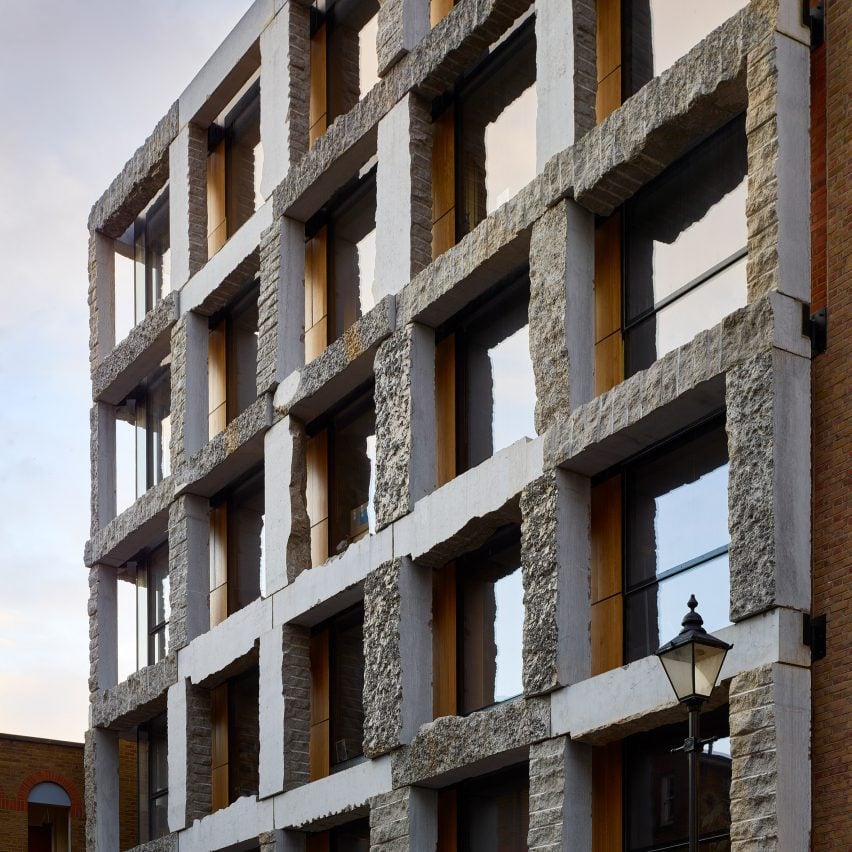"Stone makes sense, but it is not a silver bullet"

The built environment must hark back to its low-carbon past and embrace stone as a structural material if it is to effectively tackle its environmental footprint, writes Steve Webb as part of our Stone Age 2.0 series.
When we look back, ignoring stone will seem like a great missed opportunity. Why did we persist with our high-carbon fossil-fuel building habit when we were surrounded by mountains of ready-made and viable construction material"
We all know we need to reduce construction's carbon impact and to do that we need to wean ourselves off of fossil fuels. The debate over how this can be achieved is wide and confusing and infused with many vested interests. However, building nuclear and renewable power plants while doing nothing to abate the impact of brick, concrete and steel is like having a leaking boat and, instead of plugging the leak, just buying a bigger pump. The fossil fuel era is a short, 200-year blip in thousands of years of building history. The energy we use to build a single building today is greatly exaggerated compared to any era before. We are so deeply steeped in fossil fuel that we are completely blind to the fact that most of the building materials we use are not only very high energy, and therefore carbon intensive, but often based on coal ? a dirty polluting fuel we imagined was on the decline.
To reverse our recent habits, we need to learn from our low-carbon past, while not returning to it. Can we imagine how building technology might hav...
| -------------------------------- |
| Knoll's Rockwell Unscripted office furniture can be reconfigured to meet a company's needs |
|
|
Villa M by Pierattelli Architetture Modernizes 1950s Florence Estate
31-10-2024 07:22 - (
Architecture )
Kent Avenue Penthouse Merges Industrial and Minimalist Styles
31-10-2024 07:22 - (
Architecture )






